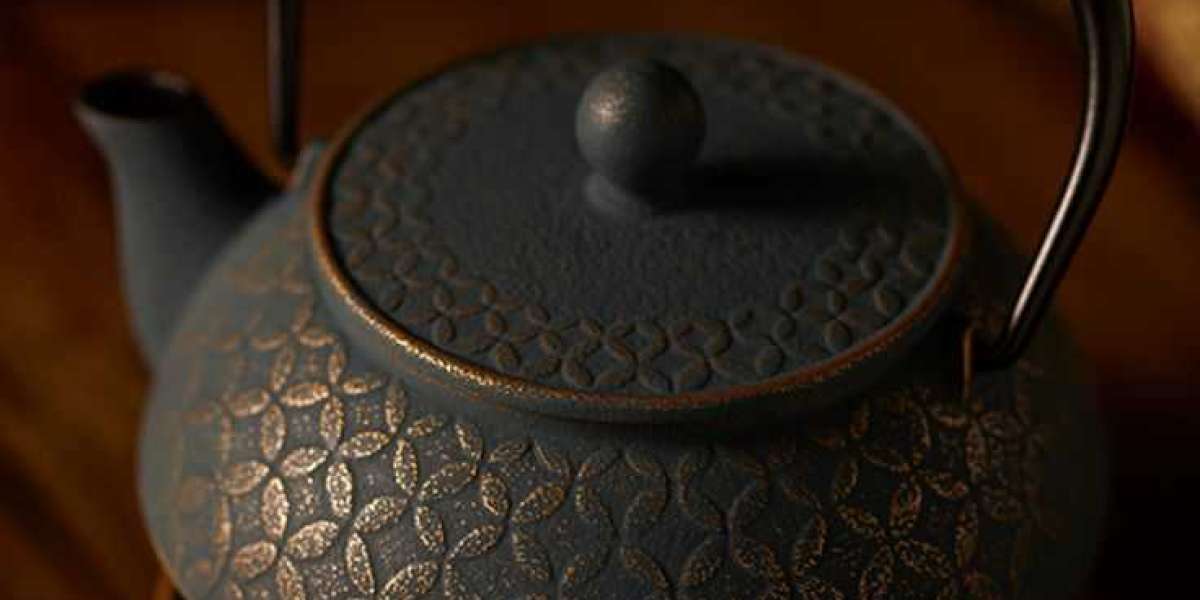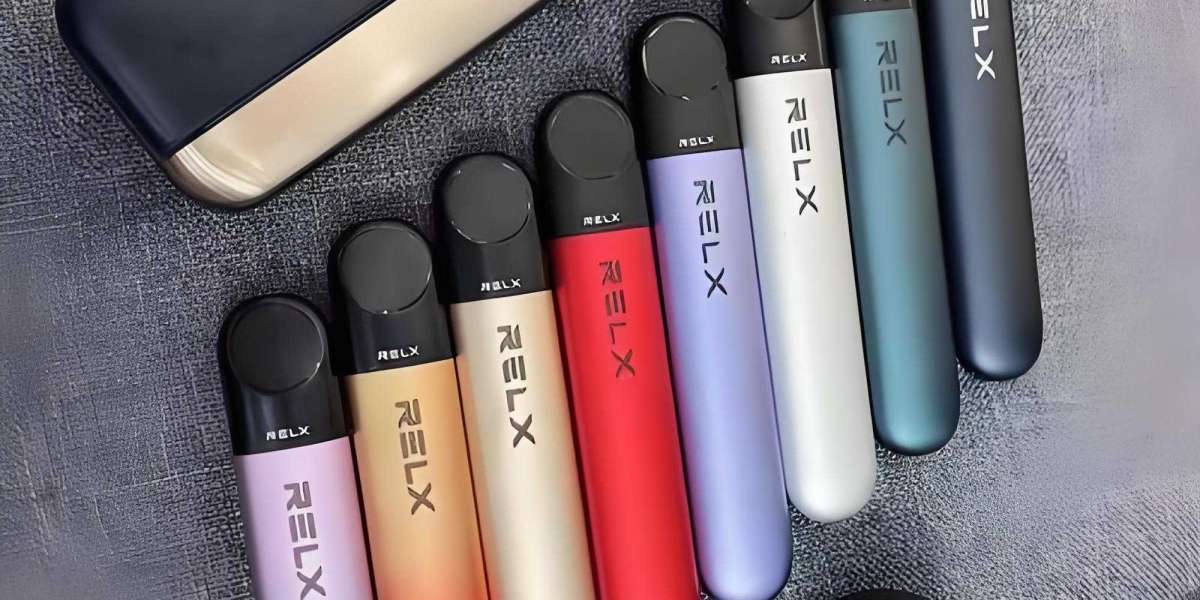China’s tea culture has never been static. Across centuries, it evolved in flavor, method, and meaning. One of the most transformative changes occurred between the Song and Ming Dynasties, when the way tea was prepared changed—and so did the tools used to serve it.
This shift gave birth to a now-iconic object: the Chinese teapot.
? Song Dynasty: Art in a Bowl
In the Song period, tea was a public art form. Tea masters competed in the elite game of “dou cha” (斗茶), judging the quality of the whisked tea foam.
Key features of Song tea:
Used finely powdered tea, not leaves
Prepared directly in wide ceramic bowls
Emphasized aesthetics over taste complexity
Required no teapot—just hot water and finesse
The focus was visual and performative—tea was seen as much as it was tasted.
? Ming Dynasty: Steeping and Simplicity
The Ming Dynasty changed everything. The court declared loose-leaf tea the national standard, valuing simplicity, clarity, and health benefits.
This demanded new tools, and the Yixing teapot emerged in response:
Made from porous Zisha clay, enhancing flavor
Small enough for gongfu-style brewing
Designed to retain heat and control pour speed
Practical, minimalist, and built for daily use
The teapot quickly became a household item, used not only by scholars but by merchants, monks, and farmers alike.
?️ Qing Dynasty: Teapot as Art Object
During the Qing era, teapots became highly artistic:
Many featured inscriptions from famous poets or painters
Shapes grew more expressive—lotus buds, peaches, animals
Collecting teapots became a literati hobby
The teapot became a symbol of identity, taste, and thoughtfulness—used for meditation, writing, and hosting.
Final Thought:
From powdered displays in porcelain bowls to deep infusions in handmade clay pots, the evolution of the teapot charts a broader journey: from spectacle to sincerity.
At TeaTeapot.com, you can explore modern teapots that honor this historic transformation—bridging centuries in every cup.








